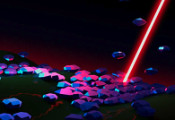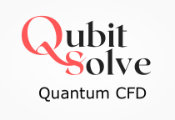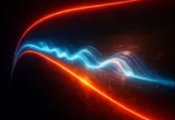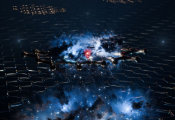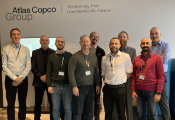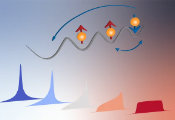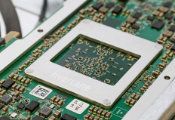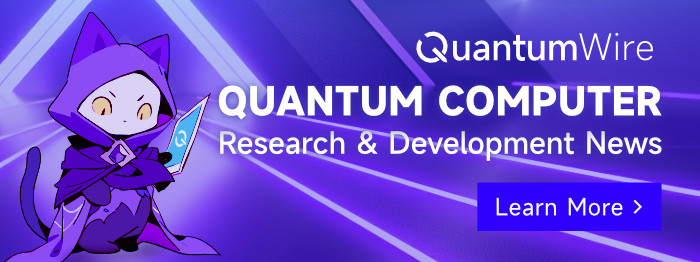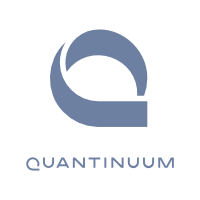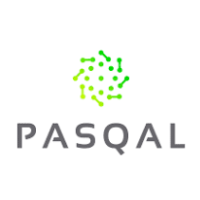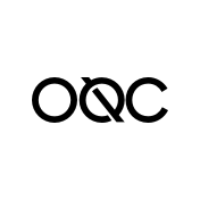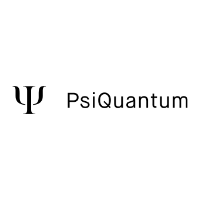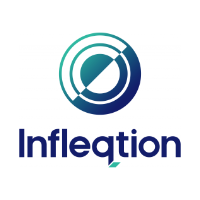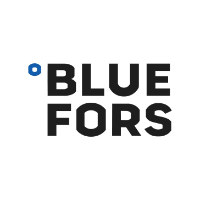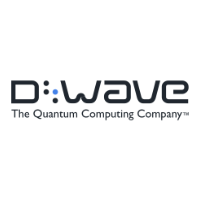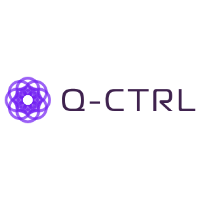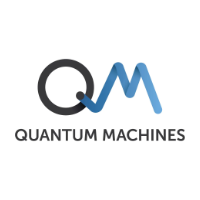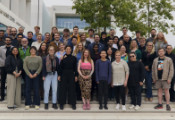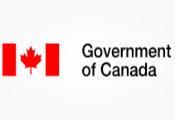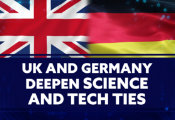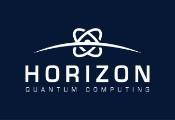A Quantum Superhighway for Ultrafast NOON States
March 31, 2025 -- Until now, creating quantum superpositions of ultra-cold atoms has been a real headache, too slow to be realistic in the laboratory. Researchers at the University of Liège have now developed an innovative new approach combining geometry and "quantum control", which drastically speeds up the process, paving the way for practical applications in quantum technologies.
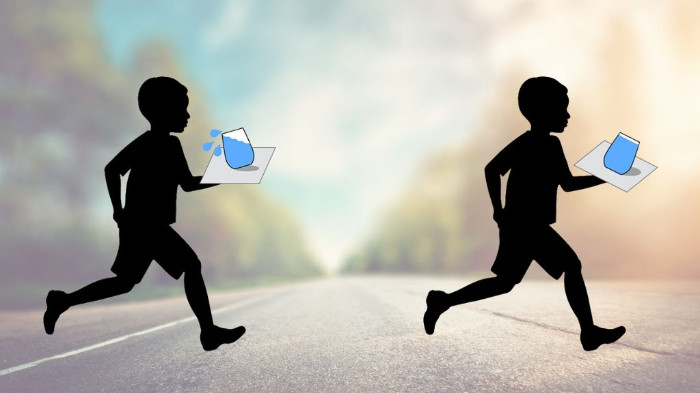
Imagine being in a supermarket with a trolley filled to the brim. The challenge: get to the checkout before the others, without dropping your products on the bends. The solution? Choose a route with as few bends as possible to go faster without slowing down. That's exactly what Simon Dengis, a doctoral student at the University of Liège, has managed to do... but in the world of quantum physics.
With his colleagues in the PQS (Quantum Statistical Physics) group, Simon Dengis has developed a protocol for rapidly generating what are known as NOON states. These states, which look like miniature versions of Schrödinger's famous cat, are quantum superpositions*," explains the physicist. They are of major interest for technologies such as ultra-precise quantum sensors or quantum computers."

The obstacle of time
The main challenge? Manufacturing these states normally takes far too long. We're talking tens of minutes or more, which often exceeds the lifetime of the experiment. The cause? An energy bottleneck, a "sharp bend" in the system's evolution that forces it to slow down.
This is where the ULiège team breaks new ground. By combining two powerful concepts - counterdiabatic driving and the optimal geodesic path - they have succeeded in "smoothing the road" for atoms. The result: the system can evolve faster without losing the trajectory of the desired state, just like a driver who anticipates a bend by tilting his tray. "This strategy saves a considerable amount of time: in some cases, the process is accelerated by a factor of 10,000, while maintaining 99% fidelity, i.e. near-perfection of the result," says Peter Schlagheck, director of the laboratory. Where previously it would have taken around ten minutes to create such a state, the ULiège researchers have succeeded in considerably reducing this waiting time ... to 0.1 seconds!
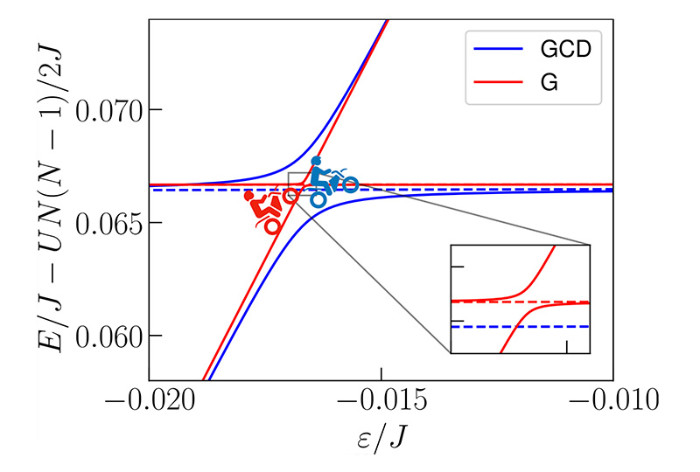
Towards practical applications
With this breakthrough, it is finally possible to produce NOON states with ultra-cold atoms. This opens up prospects in quantum metrology (ultra-sensitive measurements of time, rotation or gravity) and quantum information technologies. Ultimately, these tools could improve instruments such as quantum gyroscopes or miniature gravity detectors.
This research shows how theory and experimentation can come together to make concrete advances in quantum physics. By combining mathematical concepts, fundamental physics and experimental feasibility, ULiège researchers have made a breakthrough that could well transform ideas that were once theoretical into tomorrow's technologies.

